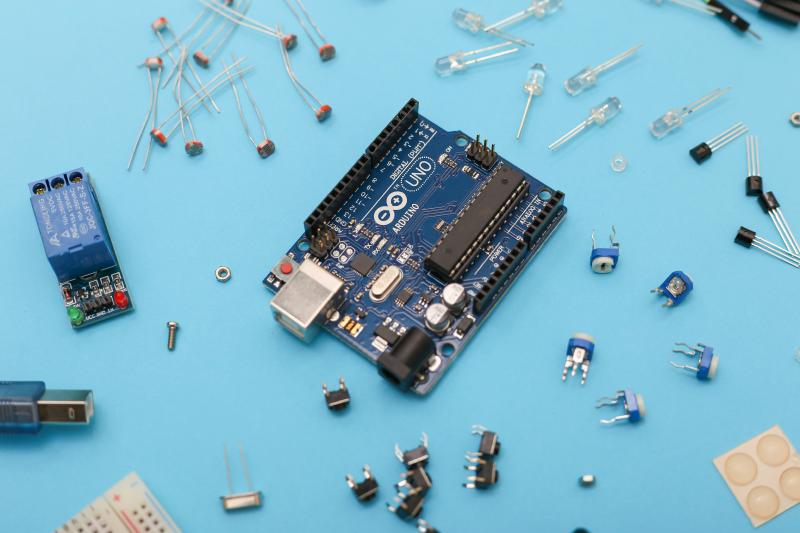Introduction
Process is a fundamental but essential concept in Android. When we launch an application, by default, all components like Activity, Service, BroadcastReceiver, and ContentProvider run within a single Linux Process unless we specify a separate process in the AndroidManifest file, as shown below:
| |
By default, the process name matches the app ID declared in the build.gradle file. Both the application and the four main components have an android:process tag. Therefore, if you declare android:process for the <application> tag, that process name will apply to all components of that application.
Priority Levels
We cannot manage Process lifetime directly. Android automatically calculates which components of running applications are active, their importance to the user, and the remaining memory to decide the Process lifetime.
When Android runs out of resources, it shuts down a Process, and naturally, the components running on that Process are destroyed as well. What determines which Process gets shut down?
Android prioritizes Processes based on their importance to the user. It classifies Processes into four priority levels:
Foreground Process
This is the highest priority Process. It contains components the user is actively interacting with, such as:
- Activity at the top of the screen that the user is engaging with, where the
onResume()method has been called. - BroadcastReceiver running, with its
onReceive()method currently executing. - Service executing code in one of its callbacks:
onCreate(),onStart(), oronDestroy().
Only a few Processes like this exist in the system, and they are only killed when memory is so low that even these cannot continue running.
Visible Process
This Process performs tasks that the user is aware of. If killed, it would impact the user experience. Examples include:
- Activity displayed on the screen but not in the foreground, where the
onPause()method has been called. For example, an Activity partially covered by a dialog. - Foreground Service running via the
startForeground()method, making it visible to the user. - A service running a feature visible to the user, such as a live wallpaper or keyboard.
Service Process
This Process contains a Service running via the startService() method. The user does not see it directly but is aware of the tasks it performs, such as uploading or downloading data in the background.
A long-running Service (e.g., more than 30 minutes) may have its importance reduced to a cached state.
Cached Process
These Processes are no longer necessary, and the system can safely kill them without hesitation when more resources are required.
An efficient system will have many Cached Processes to facilitate smooth app transitions and frequently kill Cached apps when needed.
Android uses LRU Cache (Least Recently Used Cache) to manage Cached Processes, prioritizing the removal of Processes least recently used.
In summary, understanding how components like Activity, Service, and BroadcastReceiver impact priority levels is crucial. Select the appropriate component for your use case to avoid a Process being killed during important tasks.
Inter-Process Communication (IPC)
Inter-Process Communication, or IPC, is a mechanism that allows Processes to communicate and synchronize their actions in Android.
Each app runs in a separate Process, but many apps need to communicate with each other to share data or perform collaborative tasks, making IPC essential for safe and efficient inter-Process communication.
Intent
Intent is the standard mechanism for asynchronous communication between Activities and BroadcastReceivers. Depending on the need, you can use sendBroadcast, sendOrderedBroadcast, or explicit intents.
Android Interface Definition Language (AIDL)
AIDL is a tool for defining interfaces between Android applications. It enables apps to communicate safely and efficiently, regardless of the programming languages they are written in.
Messenger
Messenger is a class in the Android SDK that allows applications to send and receive messages. It provides a simple interface for inter-application communication.
The main difference between AIDL and Messenger is that AIDL supports concurrent tasks, while Messenger is limited to sequential tasks.
Broadcast Receiver
BroadcastReceiver handles asynchronous requests from Intents. By default, any app can call the receiver. If you intend to use BroadcastReceiver for a specific application, you can secure it by using the <receiver> tag in the AndroidManifest. This prevents unauthorized apps from sending Intents to the BroadcastReceiver.
